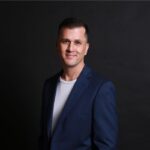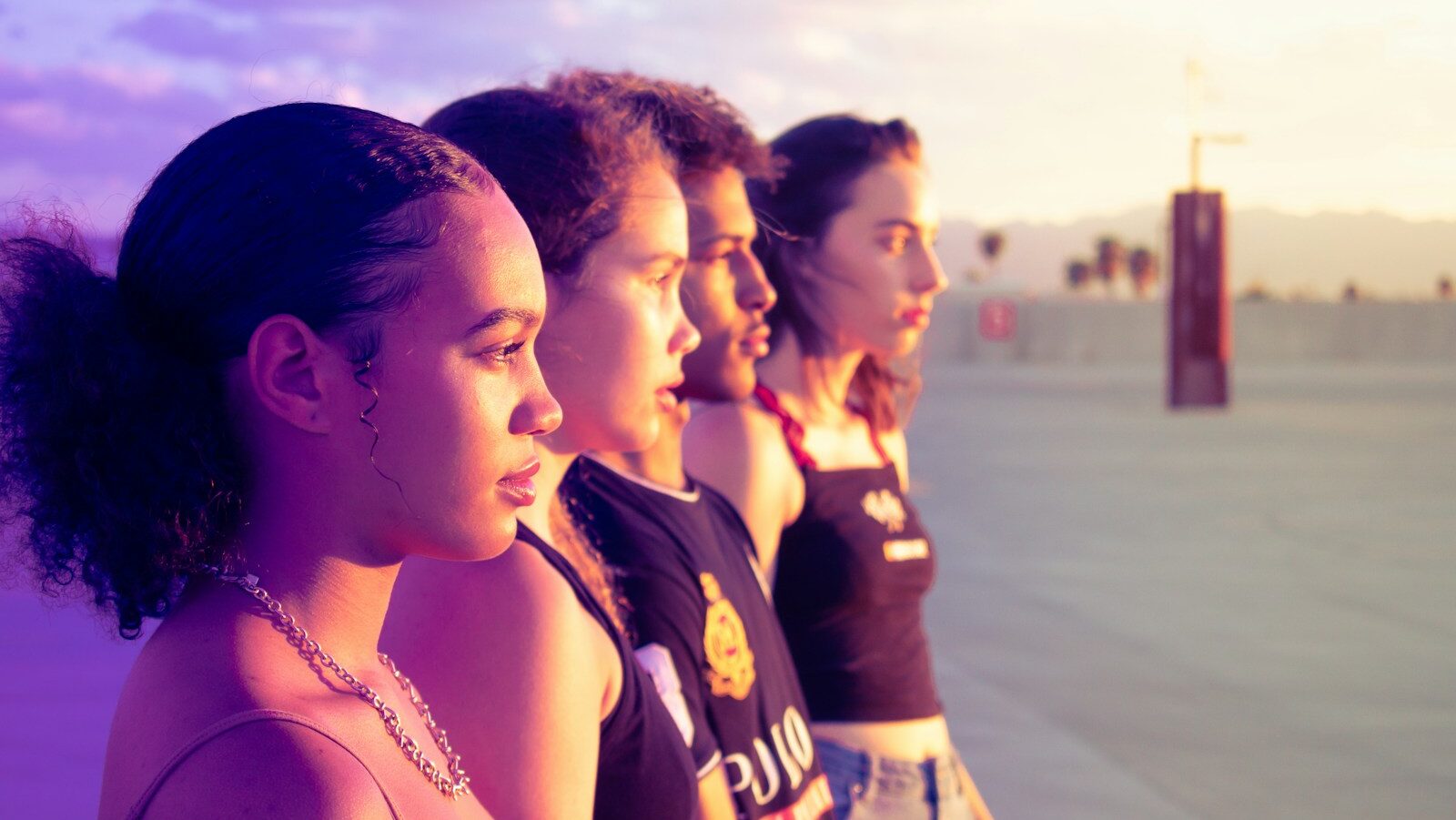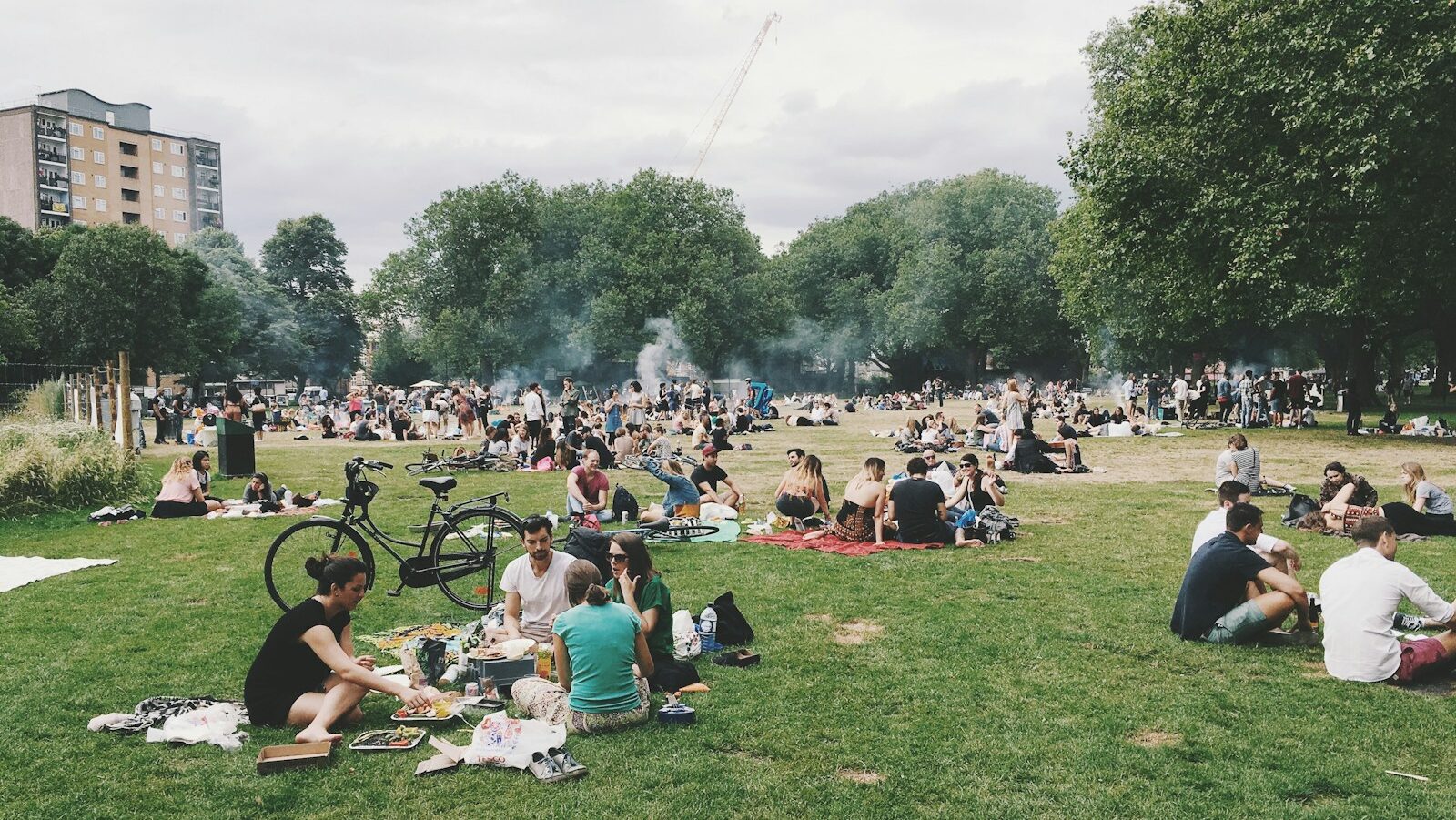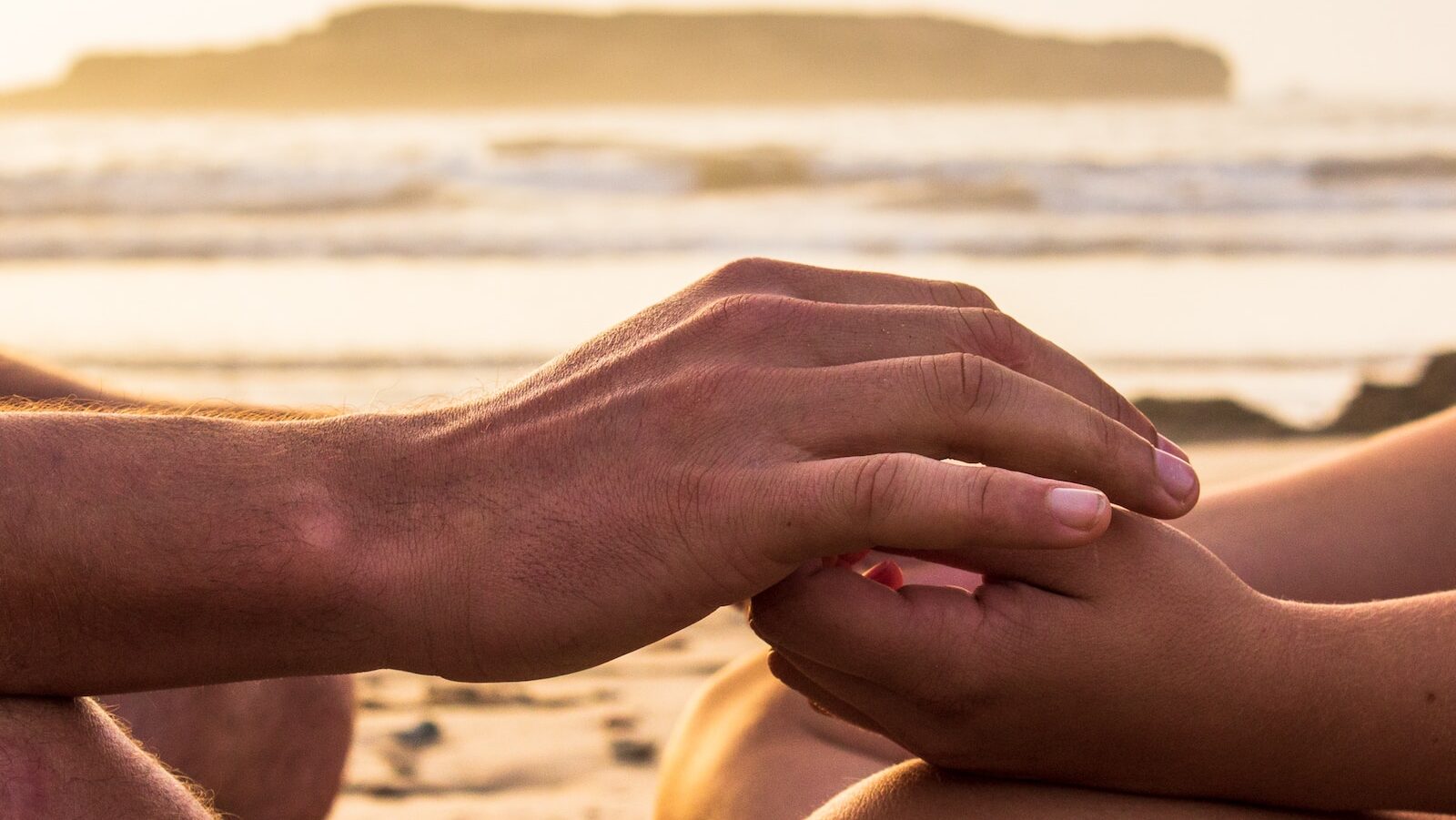Juan Diego Calisto inspires the Future of Coaching with community coaching engagement
Building off team and systemic coaching models, Juan Diego Calisto shares how emerging community coaching practices can foster youth leadership and support the future of social well-being.
Wisdom Weaver
Community coaching helps youth develop social well-being in a disrupted world
In a landscape where traditional coaching approaches often overlook the transformative power of communal support, community coaching emerges as an innovative practice for shaping a collaborative future. Social relationships serve as a crucial buffer against the uncertainties of daily life. Youth, especially, are more susceptible to challenges such as poor mental health, diminished resilience, increased loneliness, and heightened eco-anxiety. Community coaching is distinguished by a focus on empowering disadvantaged communities, building social capital and connections, leveraging community assets, and taking a highly collaborative and contextual approach.
“I see well-being as a symphony. There are a lot of elements to well-being that have to play in harmony.”

Emerging practices in community coaching are addressing this gap. Practitioners like Juan Diego Calisto are redefining the coaching landscape, one community at a time. Coaching in the community creates role models to form and maintain meaningful relationships with peers and activate social well-being networks for youth. Through immersive experiences and empathetic guidance, community coaches cultivate personal development and societal cohesion, laying the groundwork for a future where every individual thrives within a supportive community ecosystem.
As the ever-evolving world continues to move forward at rapid speed, the significance of community coaching as an innovative practice becomes essential. This approach can address the pressing needs of today’s youth while paving the way for a future where social connections serve as a bedrock of well-being. In the journey towards a brighter tomorrow, coaching illuminates a path toward collective flourishing and societal transformation.
Meet Wisdom Weaver Juan Diego Calisto
Based in Peru, Juan Diego Calisto, PCC, is dedicated to improving the well-being and quality of life for children, youth, and women in vulnerable communities through coaching. He is the CEO of Ruwalab Coaching & Wellness Institute, an Ashoka Fellow, supporting over 4,000 social entrepreneurs across 95 countries, and the founder and director of Ruwasunchis. Juan is also a certified breathing coach and leadership coach. Juan and his team address the multifaceted needs of youth holistically. By fostering self-awareness, envisioning life goals, and nurturing emotional resilience, community coaching equips young individuals with tools to navigate life’s complexities.
“I love working with youth because of the ripple effect and the impact that they have in their environment.”

Juan Diego Calisto shares how community coaching practice can shape the future of social well-being
How did you first become involved in coaching within community settings, particularly with youth?
“When I was younger, I needed a lot of tools to manage my emotions, to know myself, and to do everything that can help others be in a better mental and physical state. I am a certified breathing instructor who gave workshops focused on leadership and working towards well-being and self-knowledge. I noticed that the needs of youth are different from those of adults. We started with kids who were 8 years old, and now they are 25 years old, and they are leading the project. They are leading the organization. So that was one big piece of my story towards well-being.
Youth are in a transition stage and face common challenges, no matter their context and socioeconomic reality. I started a foundation for young people, and the focus was helping them to feel better because there are a lot of problems around. We started trying what could work, and we finally decided to work on social and emotional learning.”

What specific needs are youth participants hoping to meet through Ruwalab Coaching and Wellness Institute?
“The first part is to know yourself. Know your emotions. Have a vision for your life. At least try to figure out something about how you want to be in the future. Ask yourself some questions that help you see who you are and then nourish your well-being. You need to be aware, be mindful, and take small actions. Maybe you are not eating well in one week, you take some actions, and then you notice that you are not moving, or you are not having kind thoughts about yourself. So, there is a missing point in wellness. What are your beliefs around life and all the emotions that are created around it? Well-being is complex, but at the same time, it is simple: You need to see yourself, have a framework, and do something.
Life envisioning is key for helping youth find out what they want to do in their personal, educational, and professional journeys. In vulnerable communities, like poor areas in Peru, focusing on their mental and emotional wellness is also key because their context usually involves violence and risks.
Self-esteem is another common theme when working with youth. Having violence in their environment is related to having lower self-esteem and more mental health disorders. I also see self-confidence and self-efficacy as common needs when working with youth, as well as communication skills.”

What impact will coaching in community have on the long-term well-being of the community?
“Youth usually like connecting with each other and sharing with their peers. I mix group and individual coaching to focus on common dreams and challenges that youth have, such as a life plan, life envisioning, strengthening their close relationships, decision-making, and communication skills. A lot of times, peer coaches are from the community. There is usually a dance between group coaching and facilitation to help youth engage with their peers and be supportive of each other.”

How does coaching in community differ from other coaching approaches?
“Coaching in a community setting develops an awareness of people’s main problems. For youth in communities in Peru, it is common to find gangs, domestic violence, and teenage pregnancies, among other problems. Coaches should be aware of trauma exposure. People in rural and urban communities in Peru and Latin America usually have trauma related to violence. So having a mentor coach or a psychologist to help coaches navigate with more resources and well-being in the coaching process is important.”

What advice would you give to a coach who wants to start coaching in a community setting?
“Find local partners that have a close relationship with the community and can help the coach with support in the process. Seek support because the coachees will probably have trauma experiences, or the reality of the community can be quite overwhelming. Practice life envisioning, wellness, and leadership tools for helping youth. Develop facilitation skills that complement group coaching skills. And learn about Youth Development.”

What misconceptions are you seeing around community and social well-being?
“It is important to be clear in the beginning about what coaching is and be mindful in the process. The coach’s job is never to make a mental health diagnosis, but coaches need some common understanding of basic tools to do their job well. In a coaching session, if a client says, “Okay, what happened to me was this,” and they share it because they trust you, you as a coach have to receive what they share. You do not go deep, but you have to receive it. The crucial point is deciding then what to do when a client shares. ICF says refer a client to therapy so you need to be aware of general mental health disorders.”

How do you see the future of community coaching evolving?
“Coaching in community is not a trend, but an urgent need. The trend will be growing awareness around coaching in community as organizations see the importance of community models. That is undeniable. That is a good thing. What worries me is the how. When I train coaches, we talk about the PERMA-V model, coaching principles, and when to refer so coaches have some common understanding of what they should look for when they refer. So, how can coaches react when someone has traumatic exposure? Even though that person could be going to a psychologist or a psychiatrist, they can share elements of their mental health journey. How does a coach manage that? I recommend the book Trauma Stewardship.”





